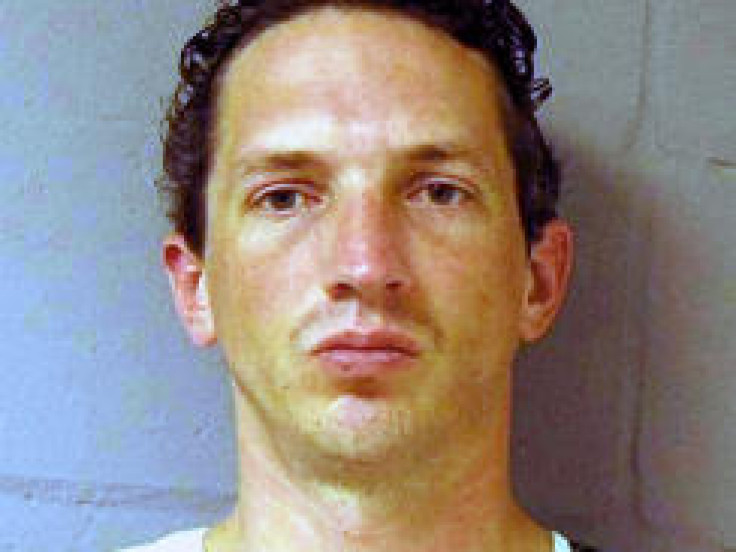Serial Killer ‘Broke His Own Rule’: Israel Keyes Lost Control Becomes His Downfall

Israel Keyes, a confessed serial killer who murdered for fun, reportedly “broke his own rule” for murders, leading to his capture by police, reported ABC News.
Keyes, who killed himself in his jail cell two weeks ago, was arrested in Lufkin, Texas, on March 12 after a highway patrol officer recognized the rental truck he was driving; it had shown up in the background of photos at ATMs where Keyes had withdrawn cash from a stolen debit card.
The card belonged to Samantha Koenig, an 18-year-old barista who worked at a coffee shack in Anchorage, Alaska, and who was murdered by Keyes on Feb. 1, after being dragged out of the kiosk and raped in his car. Keyes later ransomed her, collecting the money her family transferred to the debit cards at ATMs after killing her and going on a weeklong cruise.
According to investigators, Koenig’s abduction violated one of the serial killer’s methodical rules, yet even though he knew as he approached Koenig that abducting her would be risky, he could not stop himself.
"Mr. Keyes told us that he was deciding as he walked up to the coffee kiosk that if the person working inside did not have a vehicle he was only going to rob [it] and walk away because he did not want to transport his victim in his vehicle," said homicide police Detective Monique Doll.
"He basically had this rule, this unwritten rule, that he would travel outside and go to great lengths to distance himself from any of his victims," said Doll. "He told us he was losing control. He was losing the massive amount of self-control that he had."
In addition to the money he stole by robbing banks, Keyes, an Army veteran, sometimes worked as a general contractor and had formerly been a self-employed carpenter. He used his money to travel to distant locations for more than a decade, committing carefully planned murders far away from his home.
"That's part of why he was able to go undetected for so long, is the way he traveled and moved around and was able to plan what he was doing and plan how he was going to depart undetected," said Kevin Feldis, the chief criminal prosecutor for the Anchorage U.S. Attorney's Office. "He traveled great distances to places where he didn't live."
Three weeks after Keyes’ arrest, police found Koenig’s body under ice in Matanuska Lake, north of Anchorage. Keyes had dismembered her body, and cut a hole in the ice using a chainsaw. Investigators say that Keyes was tight-lipped about his crimes, but by the time of his death he had confessed to killing at least eight people. He had also casually alluded to other murders, but police gauge that the total number of fatalities is under 12.
"He had researched and read other serial killers. He knew a lot about Ted Bundy," said Doll. "He was very careful to say that he had not patterned himself after any other serial killers, that his ideas were his own. He was very clear about that distinction. That mattered a lot to him."
"He never identified himself as a serial killer," she added. "That was one of the things that he wanted very much, as this investigation progressed, to keep from being identified as."
© Copyright IBTimes 2024. All rights reserved.











